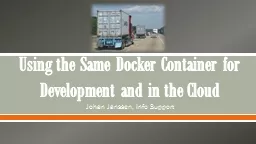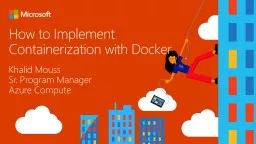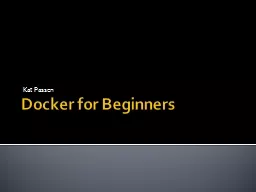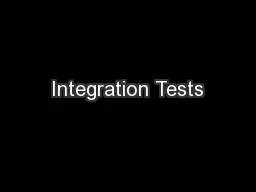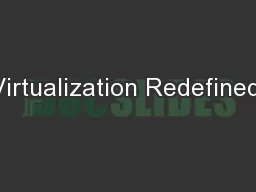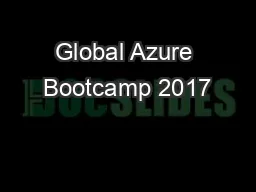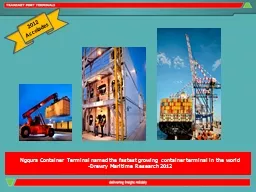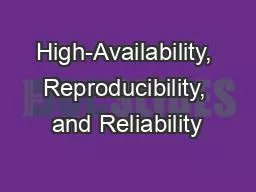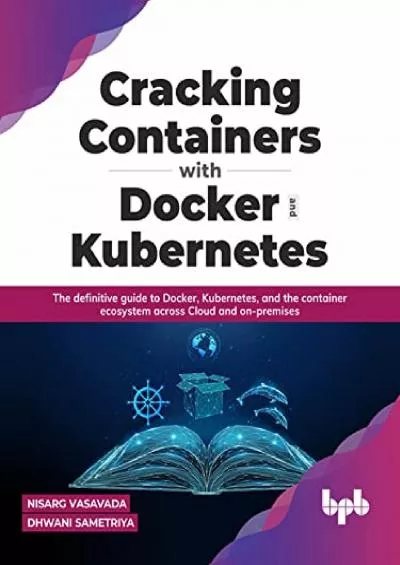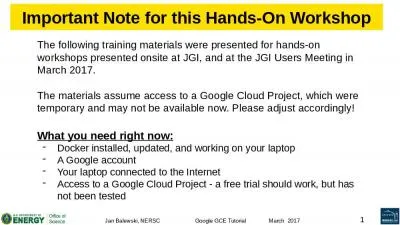PPT-Using the Same Docker Container for Development and in the Cloud
Author : tatyana-admore | Published Date : 2018-02-06
Johan Janssen Info Support Content Continuous delivery Docker Jenkins Questions Continuous Delivery Automate everything Software quality Continuous improvement
Presentation Embed Code
Download Presentation
Download Presentation The PPT/PDF document "Using the Same Docker Container for De..." is the property of its rightful owner. Permission is granted to download and print the materials on this website for personal, non-commercial use only, and to display it on your personal computer provided you do not modify the materials and that you retain all copyright notices contained in the materials. By downloading content from our website, you accept the terms of this agreement.
Using the Same Docker Container for Development and in the Cloud: Transcript
Download Rules Of Document
"Using the Same Docker Container for Development and in the Cloud"The content belongs to its owner. You may download and print it for personal use, without modification, and keep all copyright notices. By downloading, you agree to these terms.
Related Documents

